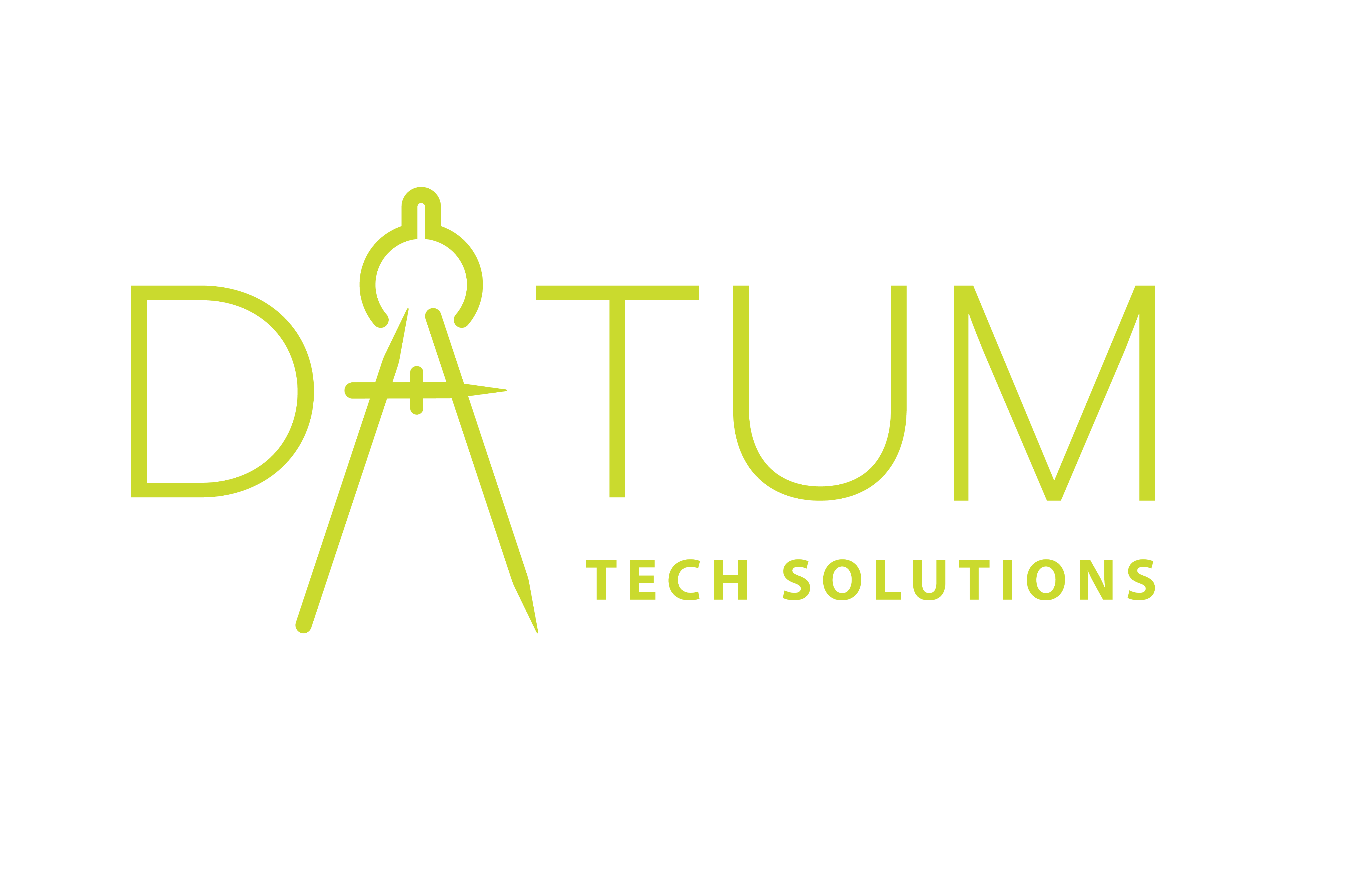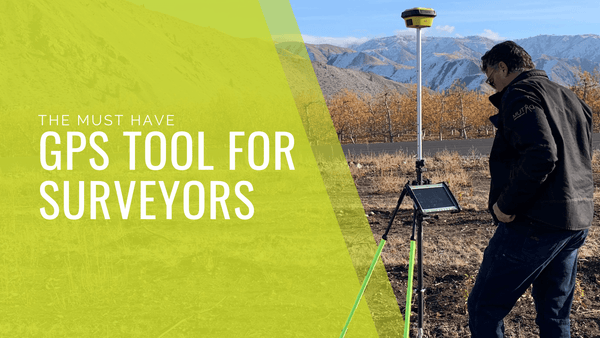3 Ways BIM Optimizes Project Workflow
If your team is looking to increase efficiency, shorten project lifecycles, improve safety or enhance communication and team coordination, the BIM route is probably looking like a good avenue to explore. Building Information Modeling, or BIM as it’s often referred to, is steeped in innovative technology solutions for a myriad of professions. Architects, Engineers and numerous construction professionals use BIM technology in several, if not all, phases of a project to optimize project workflow.
BIM is not merely a technology or a thoroughfare for creating 3D designs (although it is great for that). It is “actually a process for creating and managing all of the information about a project, leading to an output known as a Building Information Model, which contains digital descriptions for every aspect of the physical project.” In this blog, we’ll be discussing a few of the ways that BIM optimizes project workflow for those in the AEC industries and beyond.
Improve Communication & Team Coordination
BIM gives teams a new set of communication tools while also encouraging collaboration, both within and among departments. As opposed to its predecessor, paper drawing sets, BIM gives teams the digital tools required for “sharing, collaborating and versioning.” Teams are able to communicate and coordinate digitally and with efficiency through cloud-based tools. The use of cloud-based tools gives architects, engineers and construction professionals virtual insight into the scope of a project without having to be in the same room or country for that matter.
With BIM, the field is now the office and vice versa. From a mobile device or tablet, numerous components of a project’s phase can be shared on site and between groups. Increased communication also equates to preventing unforseen clashes down the road. With the use of 3D visualizations (powered by BIM) teams are gifted with predictive insight into future obstacles, roadblocks, bottlenecks or the headaches of costly and time consuming last minute changes.
Shorten Project Lifecycles
BIM offers teams the opportunity to improve scheduling and sequencing. Thus, in turn, equating to projects that span less time. With BIM, teams can design and document a project simultaneously … these no longer need to be sequential but can now be performed at the same time. With BIM, users are guided through a fixed set of processes and procedures reducing unknowns which is all made possible through the use of electronic information, including data, visualizations and other pertinent digital images.
When all parties involved in a project have access to a 3D model from the outset of a project, the end goal is laid out in a concise, clear and unambiguous way. Ambiguity often leads to hiccups which are only picked up at major project milestones, at which point they are often expensive and time consuming to rectify. When teams are able to forecast issues early on they can save time and money and ultimately shorten the lifecycle of a project.
Improve Safety

Improving the safety of a team is of paramount importance for any business. BIM allows teams to visualize and plan site logistics before breaking ground. According to the National Institutes of Health, the construction industry has nonfatal injury rates that are 71 percent higher than any other industry … BIM is one of the factors reducing construction-related workplace injuries.
BIM is giving teams the ability to plan logistics for an entire project that are safer for everyone involved at every phase of the project. One construction firm, Oakland Construction, is using BIM technology to mitigate workplace hazards. Using BIM technology the team was able to safely facilitate the planning, design and construction of a project by building some of the project’s components off site through a pre-manufacturing phase.
Oakland Construction built “shared rack systems for heating, cooling, plumbing and other equipment” that they were able to assemble on the ground and put in place at the job site. BIM gave the team the opportunity to pre-manufacture these systems while simultaneously reducing time spent in the field. It was a win for safety, reduced time spent in the field and ultimately saved the company money.
BIM is a technology that has gained a lot of traction in the AEC industries and beyond. Teams are finding new ways to put the technology to work and as its popularity grows we imagine we’ll begin to see new, innovative applications that we hadn’t thought possible.
If your team is looking for new ways to apply BIM, our vast team of experts here at Datum Tech Solutions are here to provide you with all the information you need.




